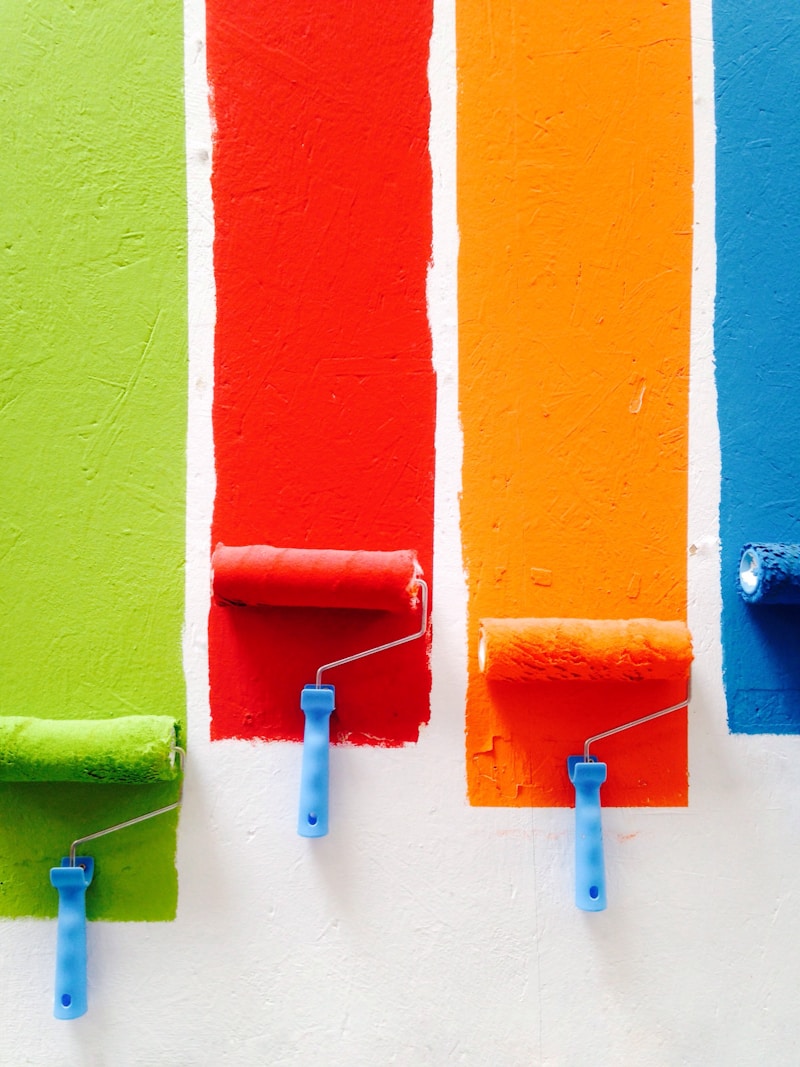Unveiling Color Inspirations from Art: Transforming Your Space
Embracing Color Inspirations from Art
Color has the profound ability to influence our feelings and moods, making it a crucial element in design and art. One of the stunning ways to find color inspiration is through art itself. From the vibrant hues of a Van Gogh painting to the subtle shades found in Impressionist works, each piece can offer a unique palette that you can incorporate into your home or workspace. In this article, we will explore various sources of color inspirations from art, how to integrate these ideas into your design, and valuable tips for choosing the right colors that resonate with your style.
Why Art Is a Great Source of Color Inspiration
Art has the timeless ability to evoke emotions. Different colors can bring about diverse feelings, creating atmospheres that reflect joy, tranquility, or even drama. Understanding how colors work together in a piece of art allows you to replicate these effects in your own space. Here are some reasons why art serves as an incredible source of color inspiration:
- Emotion and Psychology: Color therapy demonstrates how colors affect human behavior. For instance, blue can create a calming effect while red can energize a space.
- Cultural Significance: Colors can hold different meanings in various cultures. Incorporating these colors can add depth and context to your design.
- Historical Context: Looking at color trends throughout art history—such as the earth tones of the Renaissance or the bold colors of Modernism—can influence your choices.
Sources of Color Inspiration from Art
Finding color inspiration can come from various forms of art. Here we’ll delve into several genres and how you can extract color ideas from them:
1. Painting
Artists like Claude Monet and Georgia O'Keeffe used color to communicate feelings and ideas. Think about using a piece of their work as a focal point in your space. For instance, you can pull colors from Monet's “Water Lilies” to create a serene atmosphere, combining soft greens and blues with hints of pink. Here’s a potential palette inspired by Monet:
| Color | Hex Code | Emotion |
| Soft Blue | #A4C8E1 | Calmness |
| Pale Pink | #FFC3D1 | Joy |
| Muted Green | #D1E8D1 | Relaxation |
2. Sculpture
Sculpture isn’t just limited to shape; it’s also about texture and color. Artists like David Smith used metal, which reflects light uniquely and adds ambiance to any space. The colors seen in sculptures can be inspiring for choosing metallic and rugged textures paired with vibrant or pastel wall colors.
3. Photography
Photography captures real moments and colors from life. Photographers like Ansel Adams provide stunning black and white images that can help you understand the contrast and nuances of color. You might consider creating a monochromatic palette in your home, drawing inspiration from Adams' work.
4. Textile Arts
Textiles can significantly influence your color choices. Artists who work with fabric, such as quilting artists or weavers, utilize color in unique ways. Look for vibrant fabrics or quilts that mirror your desired mood. Combining these textiles with wall colors can create a cohesive and inviting space.

Integrating Color Inspirations into Your Home Design
Now that we've explored various art forms, how do you incorporate these stunning color inspirations into your home? Here are some steps to guide you:
1. Choose Your Focal Point
Identify a piece of art that resonates with you. This could be a painting you love, a stunning photograph, or even a textile. Use this piece as your main source of inspiration, ensuring that the color palette aligns with your vision for the room.
2. Create a Color Palette
Once you have your focal point, start extracting colors. Use a color wheel or online tools that help identify complementary and analogous colors. This will ensure a harmonious look throughout your space.
3. Test Your Colors
Before committing to a particular hue for your walls, furniture, or decorations, consider testing the colors in small patches. Observe how they change throughout the day with different lighting conditions. This step is crucial to ensure the colors evoke the emotions you expect.
4. Mix Textures and Patterns
Integrate different materials to add depth to your space. For instance, if you choose a bold color from your art piece, balance it with neutral tones and varied textures, such as wood, fabric, or ceramics.
Inspiration from Famous Art Movements
Exploring renowned art movements can provide broader color inspiration. Below are a few movements and their signature palettes:
| Art Movement | Typical Colors | Emotional Impact |
| Impressionism | Pale and soft pastels | Serenity and nostalgia |
| Expressionism | Bold and vibrant colors | Dramatic and emotional |
| Pop Art | Bright and striking colors | Fun and playful |
Final Thoughts and Recommendations
Finding color inspiration from art is an exhilarating journey that can lead to a stunning and personalized space. By understanding the emotional impact of color and how various art forms utilize it, you can create an environment that speaks to your soul. Remember to begin with a focal piece, experiment with color combinations, and always consider how light affects your chosen palette.
As you consider your favorite works of art, think about what colors resonate with you personally, and allow that to guide your design choices. Exploring color inspirations from art is not only about aesthetics; it’s about creating a space in which you feel most at home.
Happy decorating!